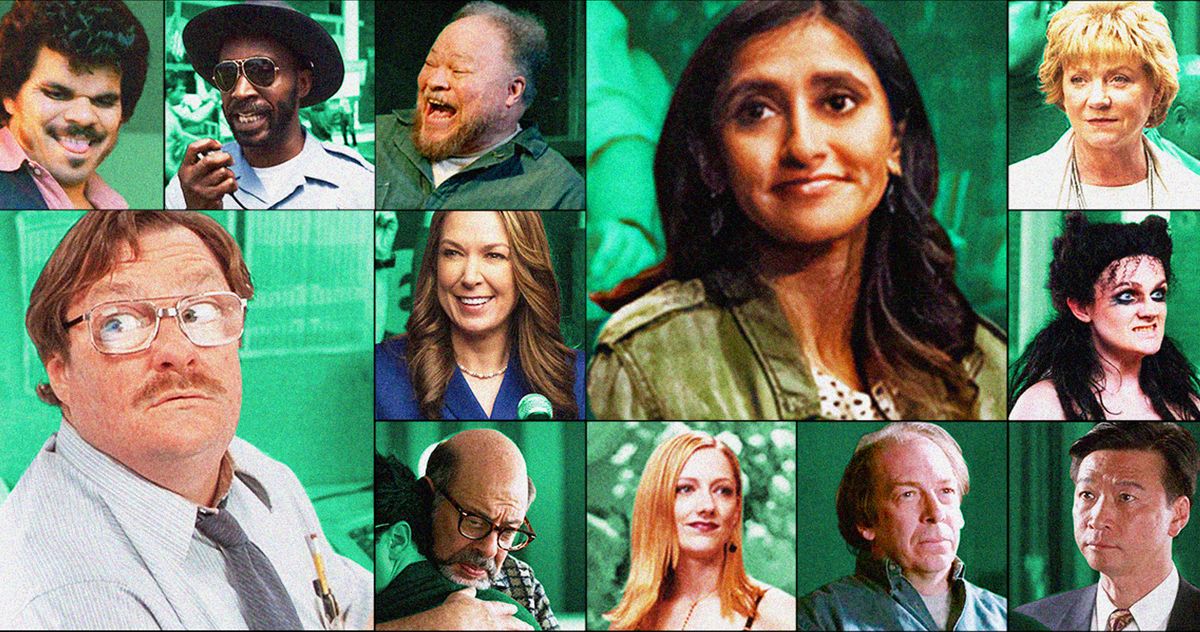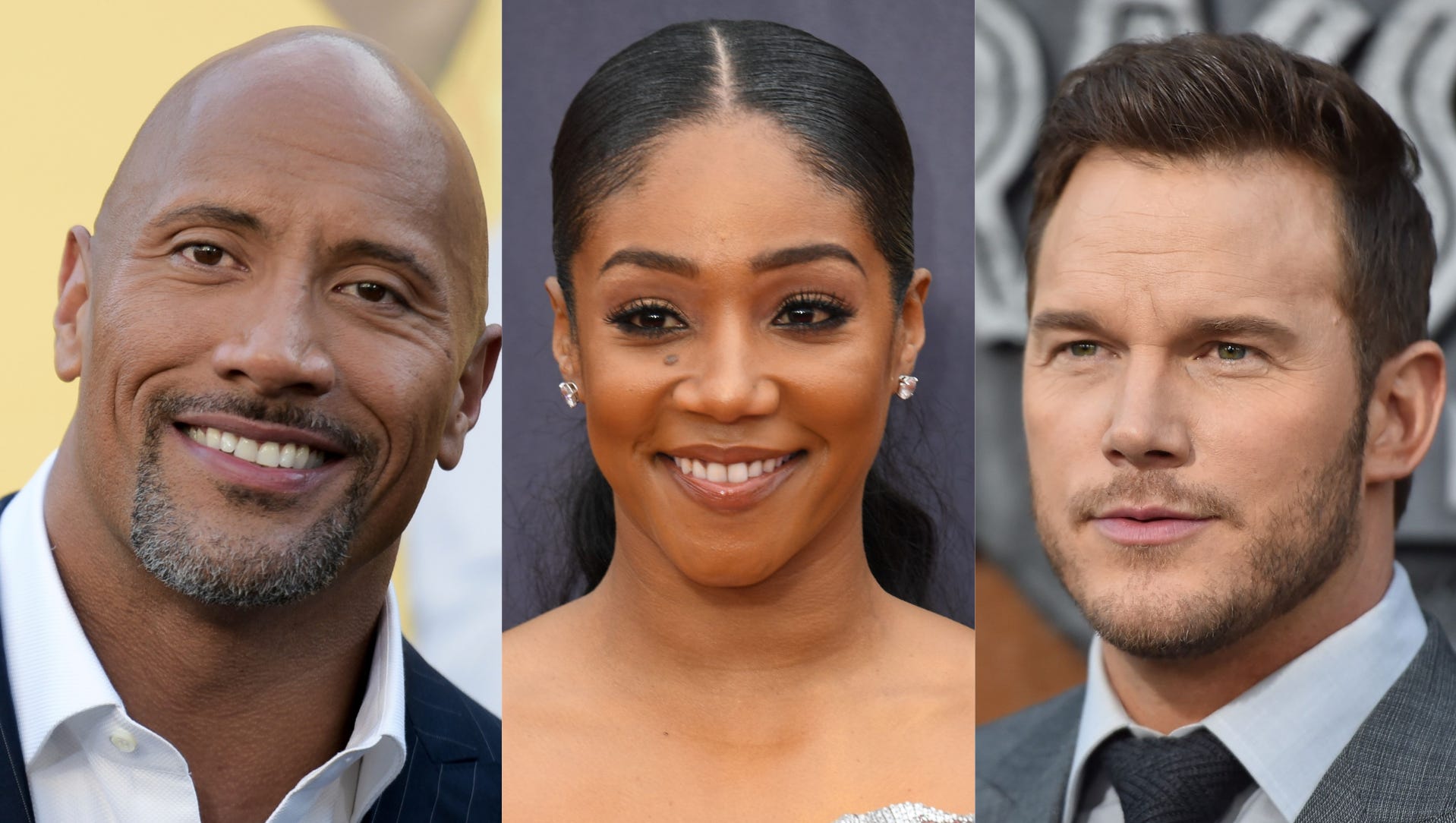The role of the main actor, often referred to as the leading actor or lead role, is central to any film, TV show, or theater production. Main role actors are responsible for portraying the primary character or characters around which the story revolves. Their performance can make or break a production, and they often become the face of the project, recognized by audiences worldwide.
Whether you are an aspiring actor or simply curious about how main roles work, understanding what a main role actor does is essential. Main roles have always held immense significance in entertainment, from classic Hollywood films to modern streaming services. They often define careers, elevate performances, and create cultural icons. But what does it mean to be a main role actor?

What Is the Responsibility of a Main Role Actor?
The responsibilities of a main role actor extend far beyond memorizing lines and delivering them convincingly. These actors bear the weight of the story on their shoulders, as their performance is crucial to the success of the production. Their role is multifaceted, requiring both technical skills and emotional depth. Below are some key responsibilities that a main role actor must handle:
1. Driving the Narrative
The main role actor is often responsible for carrying the plot. As the protagonist or central character, their actions and decisions are pivotal to the progression of the story. Their role is to ensure that the character’s journey—whether it is physical, emotional, or psychological—feels authentic and engaging. For example, in a drama, the actor might be responsible for guiding the audience through complex emotional experiences, while in an action film, they may drive the story through physical challenges and heroic acts.
2. Portraying Emotional and Character Development
Main roles are typically characters who undergo significant transformation throughout the story. The actor must show this evolution through nuanced performance, ensuring that the audience sees the internal conflicts, growth, and change. Whether it’s a subtle shift in behavior or a dramatic revelation, the main role actor must convince the audience that the transformation is natural and compelling. For instance, in the film Joker (2019), Joaquin Phoenix portrays a deeply disturbed man whose descent into madness is the core of the film’s narrative, requiring extreme emotional range.
3. Collaborating with Directors and Fellow Actors
A main role actor must work closely with the director to bring the character to life according to the vision of the production. This collaboration often involves interpreting the script, understanding the character’s motivations, and making creative decisions about how to portray certain scenes. In ensemble casts, the main role actor must also build strong chemistry with supporting actors. A lack of chemistry or misalignment between performances can break the continuity and believability of the story.
4. Representing Themes and Messages
Often, the main role actor is responsible for conveying the deeper themes of the production. Whether it’s a commentary on society, personal relationships, or moral dilemmas, the lead actor must embody the message in a way that resonates with the audience. For example, in Schindler’s List, Liam Neeson‘s portrayal of Oskar Schindler is not just about the character but also about the broader themes of humanity and redemption during a time of horrific tragedy.
5. Sustaining the Audience’s Interest
The main role actor has to maintain the audience’s attention from beginning to end. This means they must deliver a consistent performance, regardless of the production’s length or complexity. Their ability to remain engaging throughout is essential, especially in productions with long runtimes or intricate plots. This responsibility also extends to how they handle moments of silence or subtlety—some of the most powerful scenes in cinema come from quiet, emotionally charged moments where the main role actor is the sole focus.
6. Balancing Artistic Integrity with Commercial Appeal
While the director may focus on the artistic vision of the production, the main role actor must balance that with their responsibility to appeal to a broad audience. A performance that is too experimental or too detached from the audience’s emotions might fail to connect, while one that panders too much to commercial interests could come across as inauthentic. A good main role actor knows how to strike this balance, ensuring that both critics and audiences appreciate the performance.
Case Study: Leonardo DiCaprio in The Revenant (2015)
In this film, DiCaprio played the role of Hugh Glass, a frontiersman on a quest for survival and revenge. His performance required him to endure extreme physical conditions, use minimal dialogue, and still convey the emotional weight of his character’s suffering and determination. DiCaprio’s ability to balance the physical and emotional aspects of the role, while working closely with director Alejandro González Iñárritu, showcased his mastery as a main role actor. This performance earned him an Academy Award, emphasizing the heavy responsibilities and rewards of leading a production.
The main role actor holds the key to the success of a story. Their responsibilities are vast, requiring a blend of talent, emotional intelligence, collaboration, and leadership. When done well, their portrayal can elevate the entire production and leave a lasting impact on the audience.

Types of Main Role Actors
The term main role actor encompasses a variety of character types that differ based on the narrative and genre. Each type of lead brings distinct responsibilities and expectations, influencing how an actor approaches their performance. Below are some of the key types of main role actors, with examples to illustrate their significance.
1. Protagonist
The protagonist is the most common type of main role. As the central character, the protagonist is the story’s driving force, experiencing the primary conflict and leading the audience through the plot. Often, this character is the hero or heroine of the story, symbolizing good in a battle against evil, or simply embodying the core journey of growth or discovery.
Characteristics of a Protagonist:
- They are typically central to the plot and present in most scenes.
- Their personal development is critical to the narrative.
- The audience is meant to empathize with them and view the story from their perspective.
Example: Frodo Baggins from The Lord of the Rings series is a classic protagonist. His journey, from an ordinary hobbit to the one responsible for destroying the One Ring, forms the foundation of the entire narrative. The audience follows his struggles, fears, and eventual triumphs, making him the central figure of the story.
2. Anti-Hero
The anti-hero is a lead character who lacks traditional heroic qualities, such as morality, idealism, or courage. However, despite their flaws, the anti-hero is still the central character, and the audience is compelled to root for them, even when their actions are morally ambiguous or outright questionable.
Characteristics of an Anti-Hero:
- They may possess flawed or unethical traits, such as selfishness, greed, or violence.
- The anti-hero’s actions might challenge societal norms, making them controversial figures.
- Audiences often relate to anti-heroes because of their complexity and realism.
Example: Tony Soprano from The Sopranos is an iconic anti-hero. As a mob boss who struggles with family issues, mental health, and his violent lifestyle, Tony embodies a deeply flawed individual, yet his character draws sympathy from viewers due to his vulnerability and inner conflict.
3. Antagonist as Main Role
In rare cases, the antagonist—typically the villain or opposing force—is the main character of the story. This type of main role presents a unique challenge, as the audience follows the journey of the character who is traditionally seen as the “bad guy.” These characters often have depth, backstories, and motivations that make them more complex than simple villains.
Characteristics of an Antagonist Main Role:
- They serve as the central force of conflict in the narrative.
- Their motivations are often dark, twisted, or selfish.
- The audience may gain insight into their background, providing context for their actions.
Example: Joaquin Phoenix’s portrayal of Arthur Fleck in Joker is a compelling case of the antagonist in the main role. The film focuses on his descent into madness and how society’s rejection leads him to become the iconic villain, The Joker. Fleck’s story is tragic, and despite his evil transformation, the audience gains a deep understanding of his motivations.
4. Ensemble Lead
In an ensemble cast, there is no single protagonist. Instead, several characters share the spotlight equally. Each character plays a significant role in advancing the plot, and the story may shift between their perspectives. Ensemble leads are common in films and TV shows where the storyline is driven by the interactions and relationships between multiple main characters.
Characteristics of Ensemble Leads:
- Multiple characters share the lead role, with each having equal importance in the story.
- The narrative may shift focus between characters, offering different perspectives.
- These roles require actors to balance screen time and ensure that their performance complements the ensemble.
Example: The Avengers films are an example of an ensemble cast. Characters like Iron Man, Captain America, Thor, and others share the main role, each contributing to the overall story arc. While there are standout moments for each character, the narrative depends on their collective actions and relationships.
5. Dual Protagonists
A film or TV show may feature dual protagonists, where two characters equally share the lead role. Their stories are intertwined, and the narrative focuses on their relationship or joint journey. These types of roles are common in buddy films, romantic comedies, and action comedies.
Characteristics of Dual Protagonists:
- Two characters are equally important to the central plot.
- The relationship between the two is often the key element of the story.
- Dual protagonists often experience parallel character development.
Example: In Good Will Hunting, Will Hunting (Matt Damon) and Sean Maguire (Robin Williams) act as dual protagonists. Will’s emotional journey is guided by his relationship with his therapist, Sean, and the film balances both characters’ development throughout the story.
Chart: Types of Main Role Actors
| Type | Description | Example |
|---|---|---|
| Protagonist | Central character who drives the plot forward | Frodo Baggins (The Lord of the Rings) |
| Anti-Hero | Flawed lead character with questionable morality | Tony Soprano (The Sopranos) |
| Antagonist | The villain or opposing force as the main character | Arthur Fleck (Joker) |
| Ensemble Lead | Multiple characters sharing equal importance | The Avengers (Avengers) |
| Dual Protagonists | Two characters equally sharing the lead role | Will & Sean (Good Will Hunting) |
Types of Main Role Actors allow for diversity in storytelling, giving actors the opportunity to explore different kinds of character arcs and challenges. Whether playing the heroic protagonist, the morally ambiguous anti-hero, or sharing the lead with others, the main role remains central to the success of the narrative.